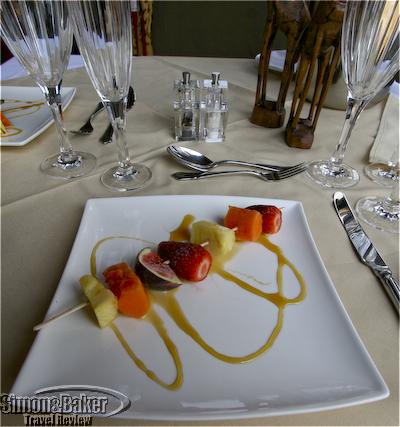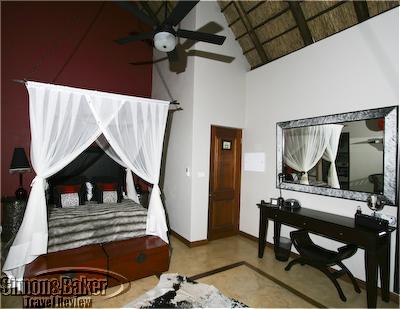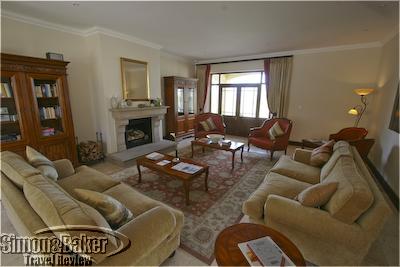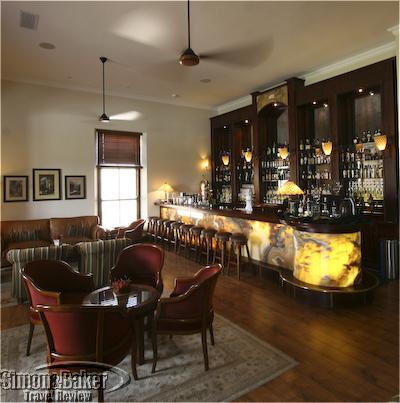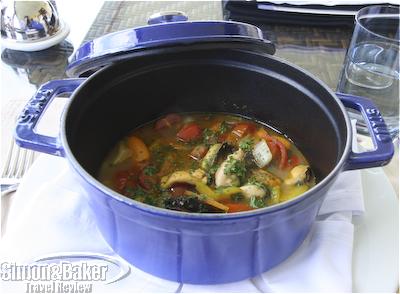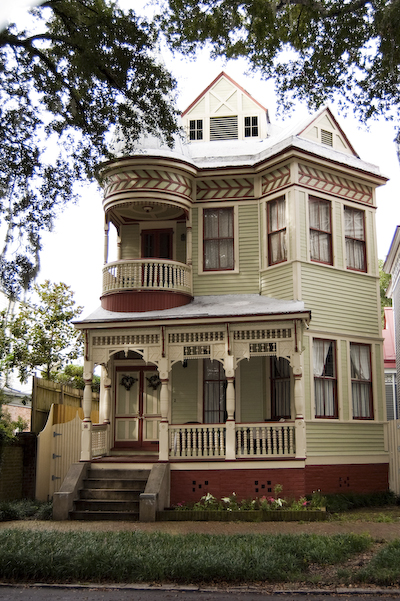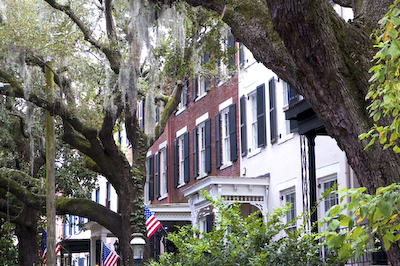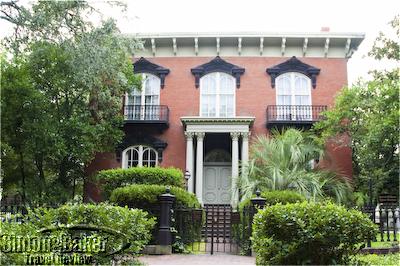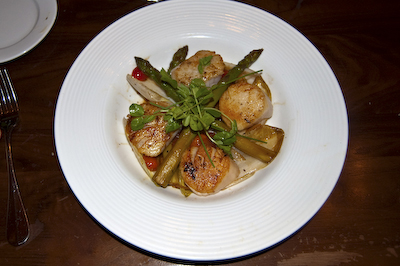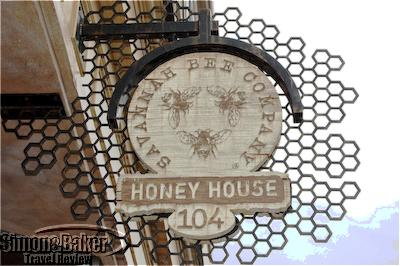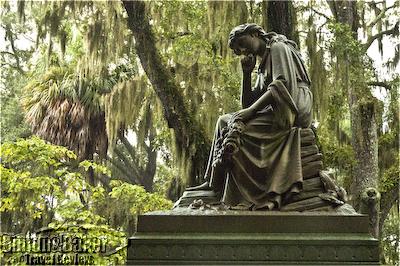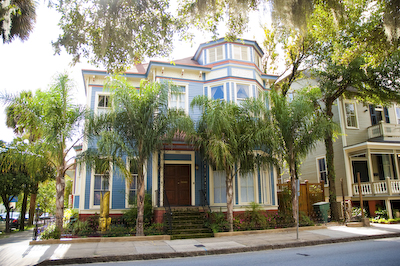by Editor | Jan 25, 2010 | Accomodations, New Articles
Article by Elena del Valle and photos by Gary Cox
We liked spending time in the Botsebotse common areas
Botsebotse Bush Retreat was our last stop in South Africa’s Waterberg region, a farming and game viewing area northwest of Johannesburg. Just before arriving at Botsebotse we had been on safari nearby following the usual early morning and late evening routine and enjoying game sightings. By the time we arrived at the bush retreat we had been traveling for nearly a month starting in the wineland area near Cape Town and making our way through the famed Garden Route to a game reserve in the Eastern Cape near Port Elizabeth before flying north to Johannesburg.
A yummy fruit plate
Inside the Money Mask Room
Although there were many activities options near Botsebotse what we were looking forward to, without even knowing it, was an opportunity to decompress. Christine Hall, host and property owner of the luxury guest house, picked up on that right away. She quickly and graciously reorganized the fun filled itinerary she had on offer to include a half a day of indulgence, in-room spa treatments and a romantic candle lit gourmet dinner. Just what the doctor ordered.
The luxury four-guestroom house offered a perfect setting of quiet, privacy, service, and delicious meals all within a short drive or flight from Johannesburg and yet a world away from the urban noise, crime and pollution. It was also an ideal stopping point for visitors driving to Botswana’s Tuli Block. Botsebotse worked closely with the Tuli Safari Lodge (a safari property in the Tuli area we visited later that week), providing accommodations to guests on their way there and back who preferred to stop en route instead of driving nonstop from Johannesburg. We departed refreshed and invigorated, looking forward to returning at the next opportunity. Click here to read about our visit to Botsebotse Bush Retreat.
by Editor | Jan 18, 2010 | Accomodations, Food and Wine, New Articles
By Elena del Valle and photos by Gary Cox
A quiet corner at Asara near the reception
The Sansibar Cigar and Whiskey Lounge
We arrived at Asara Wine Estate and Hotel, a small luxury and gourmet oriented hotel and wine producing property just outside the college city of Stellenbosch in South Africa’s wine region, in early spring. Although there was a definite chill in the air the days were beautiful. There were just enough puffy clouds in the perfect blue sky to make it interesting and the view of the property from our rooms was lovely. It was hard to imagine that the quiet country setting was only 25 minutes away from the airport and not much further from bustling Cape Town.
A hearty seafood lunch dish at Asara
We like that Asara is friendly to the environment. The company practices eco-sensitive biodynamic wine production to reduce the environmental impact of its operations as well as other efforts to offset the estate’s carbon footprint. Solar panels are part of the wine production process. All wine bottles and glassware on the estate are recycled.
More than 400 indigenous pin oaks trees were planted to aid oxygen production. Plans are in place to remove all alien plants from the estate by 2011. At the same time, organic waste from the restaurants and cellar is used for organic compost and the four dams in the farm are used for irrigation. No harmful chemicals are used for pest control.
Perhaps these efforts are paying off with wildlife. Recently, two new litters of endangered caracal (a fast small to medium cat similar to the serval) were seen around the estate, along with the grysbokkies, duikers and guinea fowl that the farm their home.
As a visitor what first comes to mind when I think of the 37-room Relais and Chateaux property is the view of the vineyards, a pond and mountains in the background from our table at Raphael’s, the hotel’s gourmet restaurant. We enjoyed the comfortable and well appointed accommodations and facilities and food and wine opportunities and would gladly return. Click here to read about our visit to Asara.
by Editor | Jan 11, 2010 | Luxury Travel, Restaurants
Article and photos by Josette King
Victorian gems are being restored to their original charm
It is said in Savannah that when its founder General James Oglethorpe departed for England in 1743 he left instructions not to change anything until he returned. He never did. And although the city expanded in the centuries that followed, it retained the grid pattern of verdant squares linked by broad avenues envisioned by Oglethorpe. Today, under its iconic canopy of ancient live oaks fluttering with Spanish moss, Savannah remains a languid antebellum city of elegant colonial mansions and Southern charm.
But while history resonates at every turn, so does the creative energy of the city’s art scene stimulated by the students, faculty and alumni of the booming Savannah College of Art and Design (SCAD). Their inspiration is very much in evidence at the college’s own store, shopSCAD (300 Bull Street). This unique emporium is bursting with cutting-edge paintings, photographs, pottery, jewelry and wearable items; reasonably priced creations of the students, faculty and alumni of the college.
Historic colonial homes line the squares of Savannah
Creativity spills over into other areas of the city’s life as well. Young chefs put their own original spin on Southern classics and old favorites from around the world that have settled over time in the historic port city of Savannah. I enjoyed several lovely meals during my recent visit, most notably a dinner at Local 11ten (1110 Bull Street). Since he took over the kitchen in early 2008, Chef Jeff Rodgers has worked closely with a handful of trusted small suppliers to source the best locally grown and harvested products he showcases in his refined yet unpretentious menu.
Scallops seared to perfection at Local 11ten
And word has been spreading that something wonderful is happening at Local 11ten. A friend who had recently visited Savannah recommended it, “and make sure to try the scallops,” he said. I did. The four gigantic sea scallops were so fresh and sweet they required only the slightest bit of searing. They were served on a bed of crisp asparagus and barely wilted endive, drizzled with a warm sweet pepper vinaigrette, their tartness the perfect foil for the sweetness of the scallops. But equally palate-thrilling were the amuse-bouche: a generously-sized lobster cake served with a glaze of horseradish and sherry sauce. We unanimously declared it worthy to become one of Chef Rodgers’ signature dishes.
The Honey House, a favorite stop for discriminating foodies
For creativity in retailing, my personal award goes to the Honey House (104 Broughton Street). Opened in 2008 as the flagship store of a local artisanal honey producer, the Savannah Bee Company, this Historic District storefront has already established itself as a required stop for local and visiting gourmets and other discriminating shoppers. The shop was a visual feast, brimming with artfully arranged displays of all things honey. The company’s signature tapered bottles lined the walls, filled in many shades of gold, from deep sourwood to rich tupelo to pale acacia honey and several hues in between.
The Bonaventure Cemetery is famous for its elaborate monuments
The stacks of body-care offerings were equally irresistible, from Royal Jelly body butter to bees wax and nail salve and mint julep lip balm. Deeper into the store a floor to ceiling hive playroom invited children to pretend they were bees, while adults browsed the tempting array of bee themed toys and children’s clothing. Bee-keeping jumpsuits, hats and other paraphernalia were also available. Feeling weak from so many choices, I repaired to the bar for a honey cappuccino and honey tasting (the full-bodied Tupelo honey was my favorite), but for me the ultimate indulgence was the honeycomb sampling tray. Who would have thought a sliver of honeycomb on a slice of sharp cheese, or tart green apple, could taste to wonderful?
The Waldburg, a charming Queen Anne home overlooking the park
Meanwhile, there is also much happening on the architectural preservation front, which is gaining momentum around Forsyth Park, Savannah’s Central Park at the southern edge of the Historic District. This is the Victorian District where graceful 19th Century houses overlooked for decades are now being painstakingly brought back to their original loveliness. I had the pleasure to stay in one of them during my visit to Savannah: The Waldburg, a charming Queen Anne house overlooking the park.
It was recently the object of a thoughtful renovation into two elegant vacation apartments, clearly with the comfort and enjoyment of their guests in mind. Conveniently located within walking distance from many of the most sought-after tourist attractions in Savannah, it was an ideal base from where to experience the gracious essence of this most Southern of cities. Click here to read more about my recent visit to Savannah, and my most enjoyable stay at The Waldburg.
by Editor | Jan 4, 2010 | Ecotourism
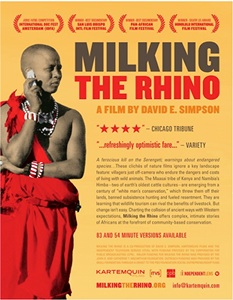
Milking the Rhino
One of the biggest challenges facing conservation minded individuals and organizations in Southern and Eastern Africa is native populations and their cultural dislike, even hatred, of predators. While many animals live within protected areas such as national parks and private reserves others compete for natural resources and land with local populations. As the number of animals and the genetic diversity dwindles Africans face some difficult choices for the long term: Share existing resources in spite of their attitudes toward the animals or, eventually, lose what is left of the once abundant predator populations.
Even if cattle are considered their prime source of wealth should tribal leaders as well as local and national governments strive to protect resources including predators which have historically been considered worthless or worse, enemies, for many indigenous peoples? What are the possible benefits and detriments of these policies? What is the best way to go about implementing them and much time will it take to see the results?
In Milking the Rhino, filmmaker David E. Simpson dedicated an 83-minute documentary, released in 2008, to exploring the topic. For this purpose he and his team traveled to Kenya and Namibia where they spoke with and interviewed local tribe members and leaders about conservation issues and how they are dealing with them. Of four locations his team explored initially they selected two for filming Il Ngwesi in Kenya and Marienfluss Conservancy in Namibia. Both groups are cattle centric yet wishing to learn to exploit their natural resources to expand their economies.
“Most
of
the
conservation
world
is
now
of
the
consensus
that
for
wildlife
to
survive
and
to
do
well
in
a
meaningful
way,
there
has
to
be
some
stake
in
its
survival there has to be some
stake
for
people
rural
people,
who
live
amongst
them,” said Simpson who believes many people in the northern hemisphere still rely on the outdated fortress model of building fences around a reserve as a means of conservation.
There was a lot of pre-production work for the film, especially in Namibia due to extensive paperwork (visa and film permits) requirements and a high percent of remote filming locations. Some of the locations were three day’s drive from the main city and had little to no electricity, requiring the team to be self sufficient and rely on their own camping gear.
“There
are
a
lot
questions about
whether
those
two
places
(portrayed
in
the
film)
will
work.
So,
it’s
by
no
means
sure
that
this
is
a
formula
that
can
be
prescribed
successfully.
But
what
we
did
feel
in
terms
of
a
sense
of
hopefulness,
was
that
there
were
some
really,
really
commited
people,
like
our
two
main
characters,
John
and
James,
who
are
passionate
and
commited
and
smart
and
are
going
to
try
and
make
things
work
for
these
communities
in
our
film,” said Simpson.
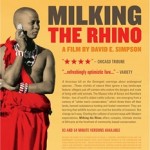
Click here to buy Milking the Rhino


